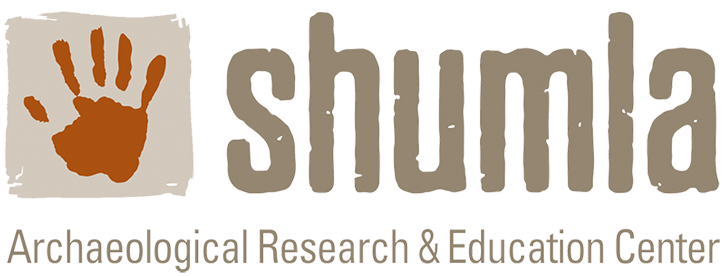Fate Bell
The week after completing our fieldwork in Painted Canyon, the crew headed to Seminole Canyon State Park and Historic Site to study a section of the famous Fate Bell mural.
Objectives: We had two objectives: a fieldwork objective and an outreach objective. We wanted to do our research in front of the public, so that they could see how we study prehistoric art, and so we could explain why we conduct these studies and what we will learn from them.
Crew: Carolyn Boyd, Phil Dering, Diana Rolón, Tim Murphy, Audrey Lindsay, Seamus Anderson, Ashley Busby, Katie Wilson, Karen Steelman, Comstock High School Seniors, and Kassidy Stock from the State Park.
Fieldwork:
Fate Bell is a massive rockshelter in Seminole Canyon State Park and Historical Site. The shelter, located high in the west wall of Seminole Canyon, measures 150 meters long (164 yards) and as much as 27 meters (30 yards) deep. The shelter contains archaeological deposits that are up to 3 meters (about 10 feet) deep. The back wall and ceiling are covered in art, however, some of it is obscured by a black accretion. Both the art and the deposits were left by hunter-gatherer societies—relatively small groups of people with few material possessions. But they produced large-scale, remarkably complex works of art.
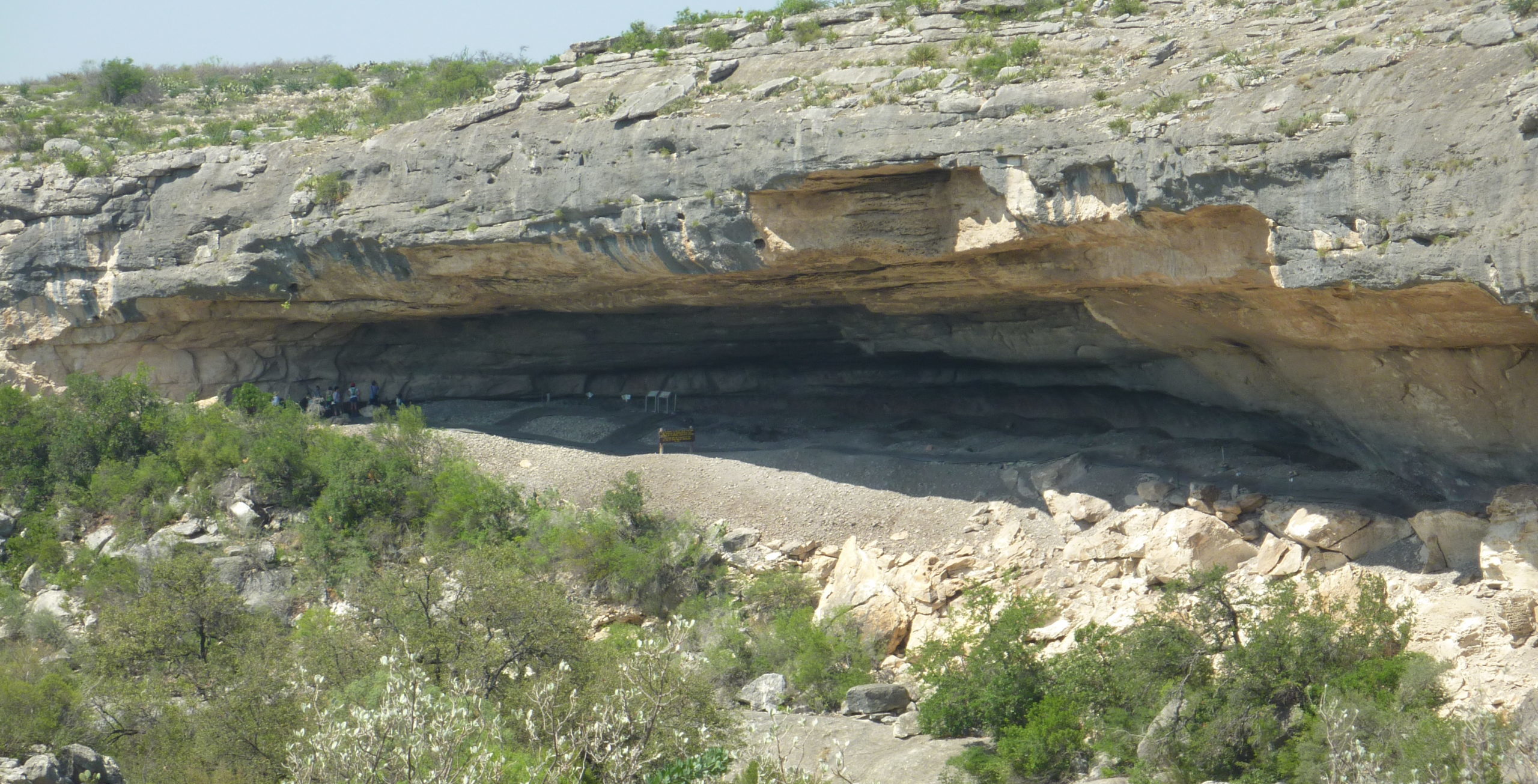
Figure 1. We set up camp near the edge of the Pecos River canyon. This is a panorama of the campground on the east side of the Pecos River. Tents and trucks in background, charging station in the center, electrical extension cord running from the generator to table in the foreground.
Our field work focused on a famous set of well-preserved images at the southern end of the shelter, commonly called “the triad”. Measuring about 5 meters long and 3 meters tall, it depicts an anthropomorph with large wings flanked by two other anthropomorphs—hence the triad moniker. The problem is, two more anthropomorphs are painted within the wings of the central winged anthropomorph, for a total of five, not three, connected images. This is easy to see in Figure 2, a high-resolution gigapan image in which the anthropomorphs are numbered 1-5. A1 is in the center, A4 and A5 on the left, and A3 and A2 on the right. Obviously, they are close to each other, even overlapping, but does the association extend beyond simple proximity? What did the artist have in mind when this quintet was painted? What part do the enigmatic shapes (labeled E1-E5) play? Do they tie the five anthropomorphs together into a single composition?
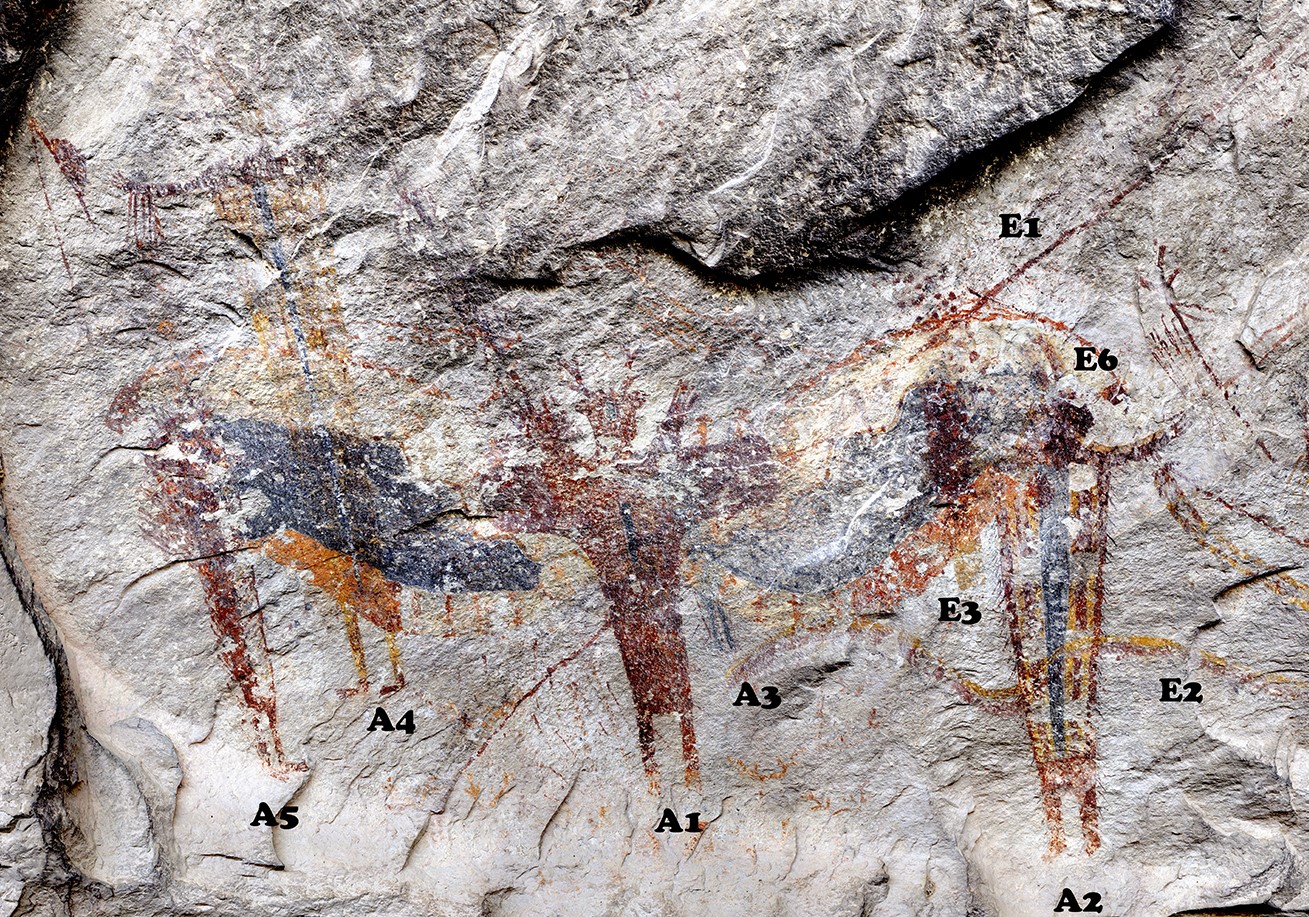
Figure 2. Numbered Gigapan of the mural. Anthropomorphs are numbered A1-A5.
To answer these questions, we examine the different paint layers and the order in which the artist, or artists, painted them. Before going into the field, Carolyn Boyd poured over high-res images of this part of the panel and located 150 locations where paint overlaps within and among the figures. In Figure 2, you can see some of these locations along with Carolyn’s comments, recorded in an Excel spreadsheet and printed for easy access. At each of these 150 locations we took digital photomicrographs. We will use those photographs to determine which layers are on top and which are on the bottom. The bottom paint layers were painted first. By ordering these layers we can determine how the artist planned and executed the mural.
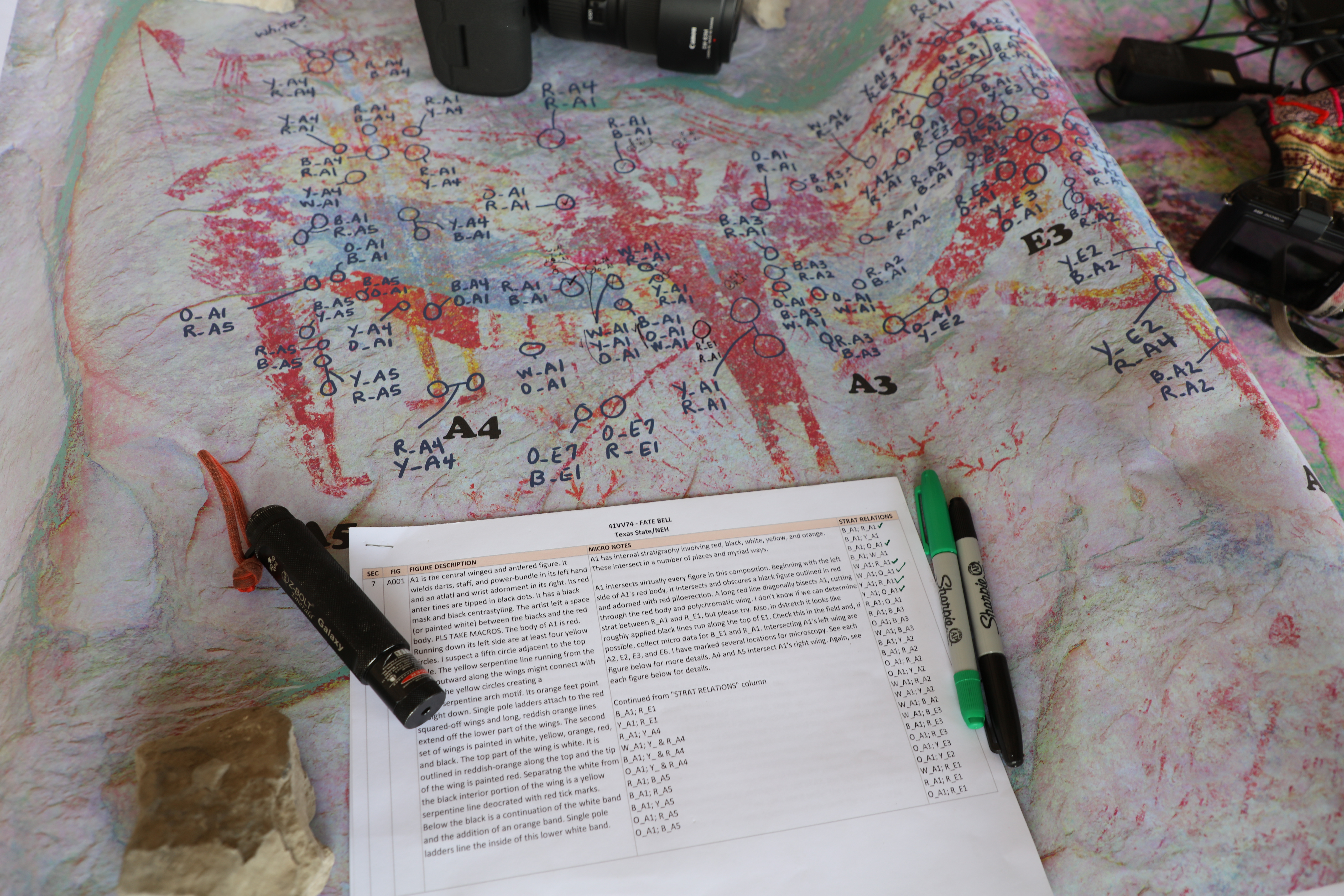
Figure 3. Annotated image and excel spreadsheet notes.
The team brought Shumla’s lightweight scaffold into the rockshelter. With the help of Texas Parks and Wildlife Department employee Kassidy Stock, we were able to bring the scaffold in one trip.
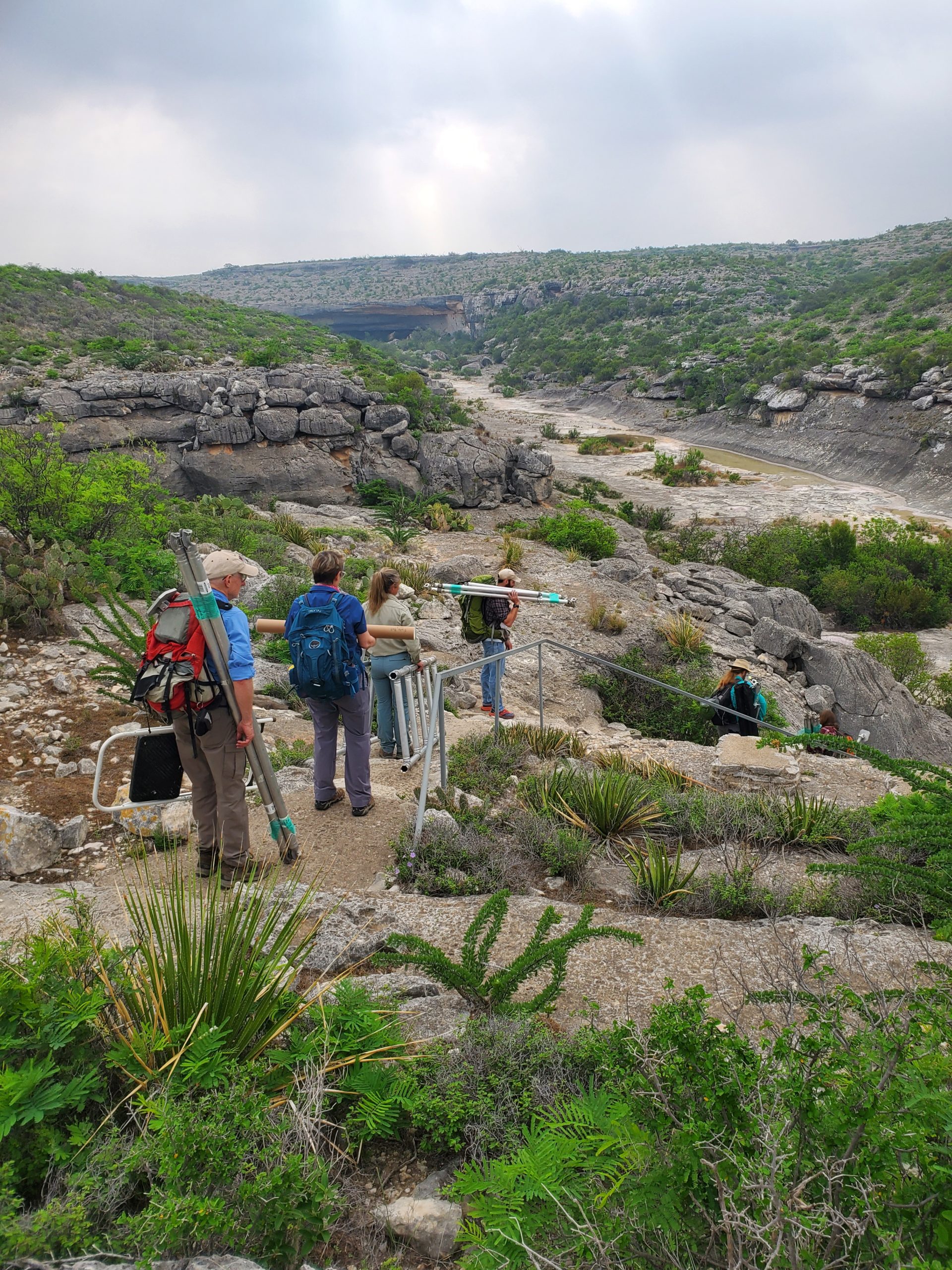
Figure 4. Into the canyon!
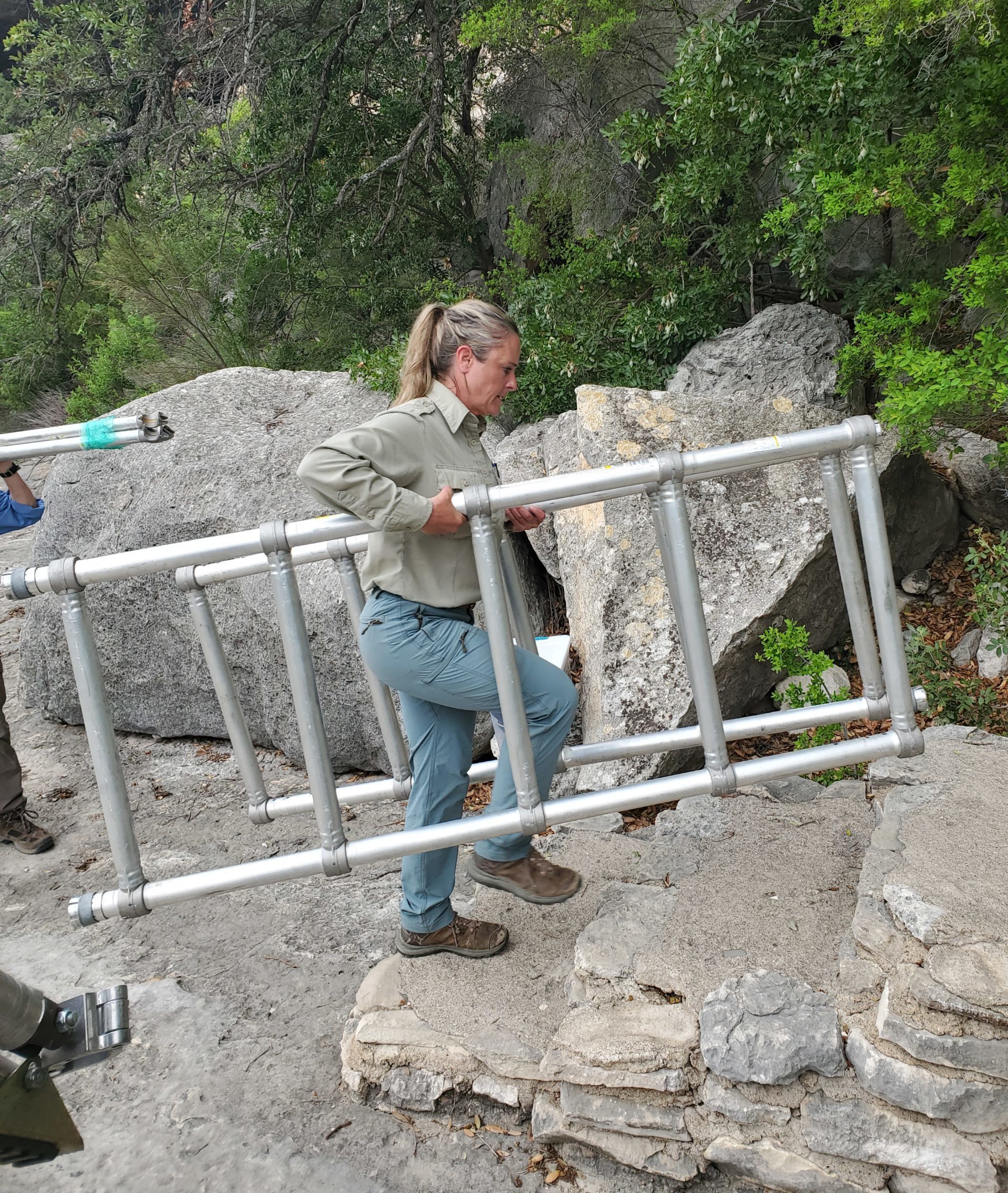
Figure 5. Kassidy Stock, staff member of Seminole Canyon State Park and Historic Site, brought both sides of the scaffold. They don’t weigh much, until you carry them into the canyon, then downstream about 1/2 mile, and climb back up the side of the canyon into the shelter! She had a good workout.
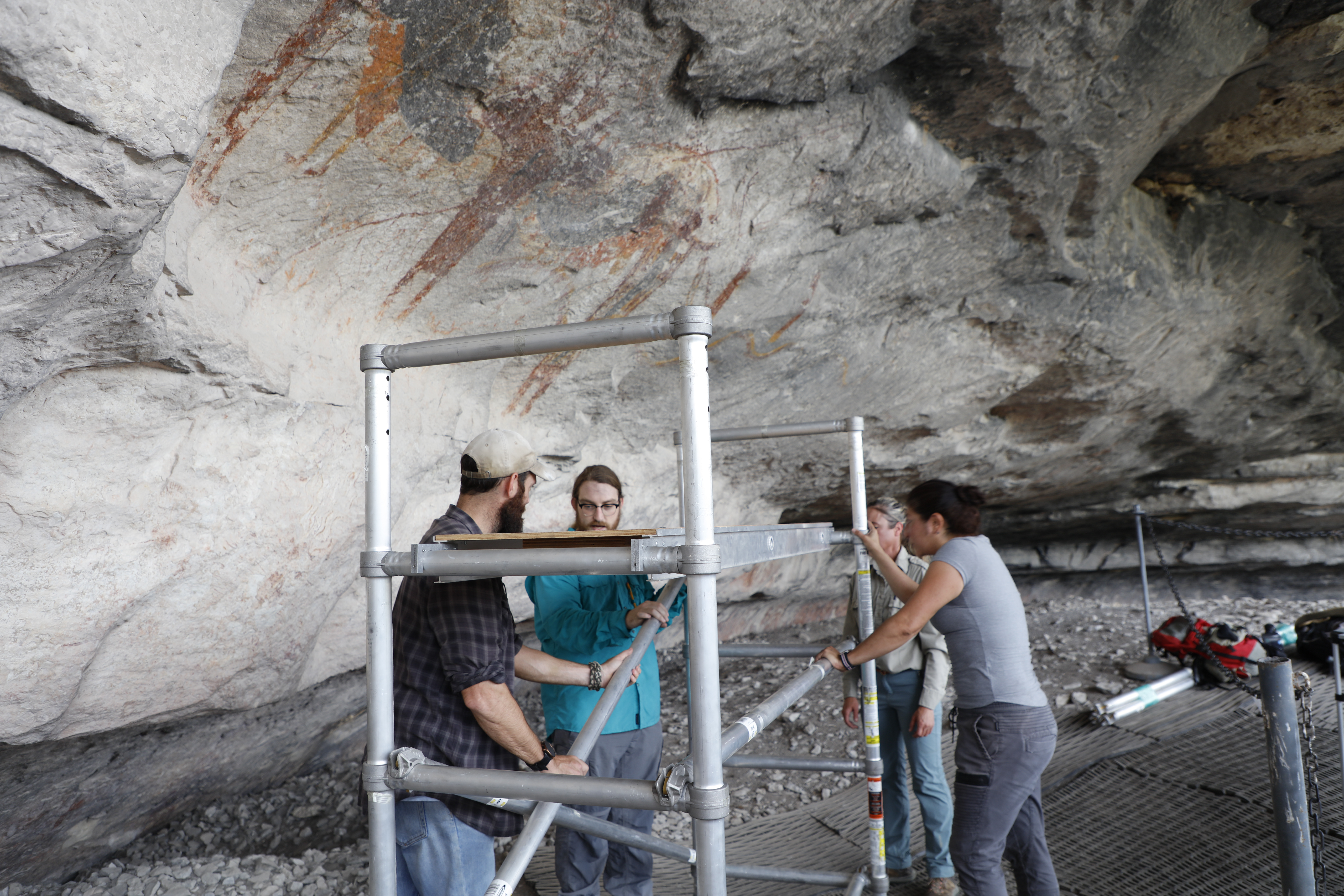
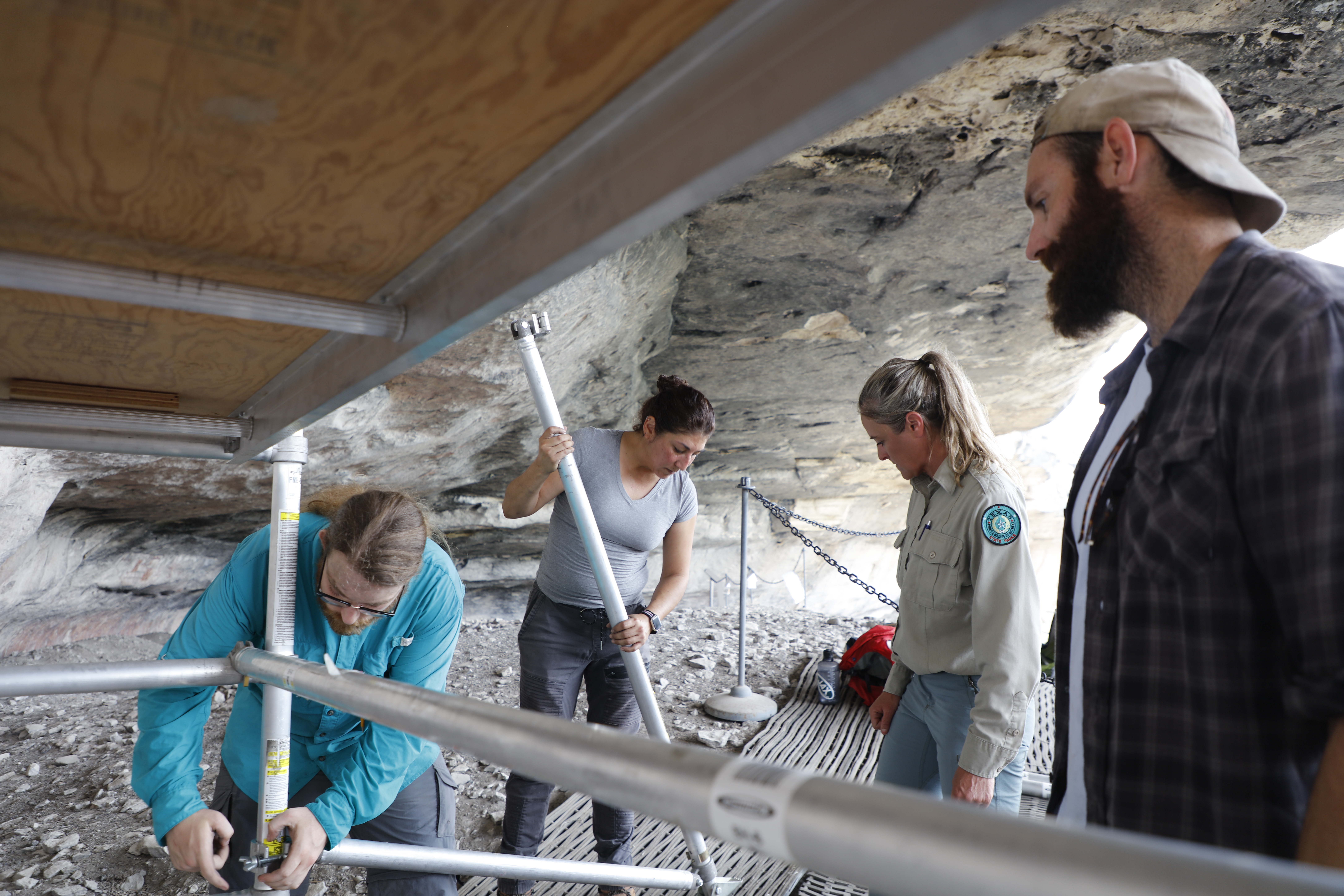
Figures 6 and 7. We set up the scaffold directly in front of the mural. In Figure 7, Seamus Anderson and Diana Rolón are setting up the outriggers while Kassidy and Tim Murphy look on. The outriggers stabilize the scaffold.
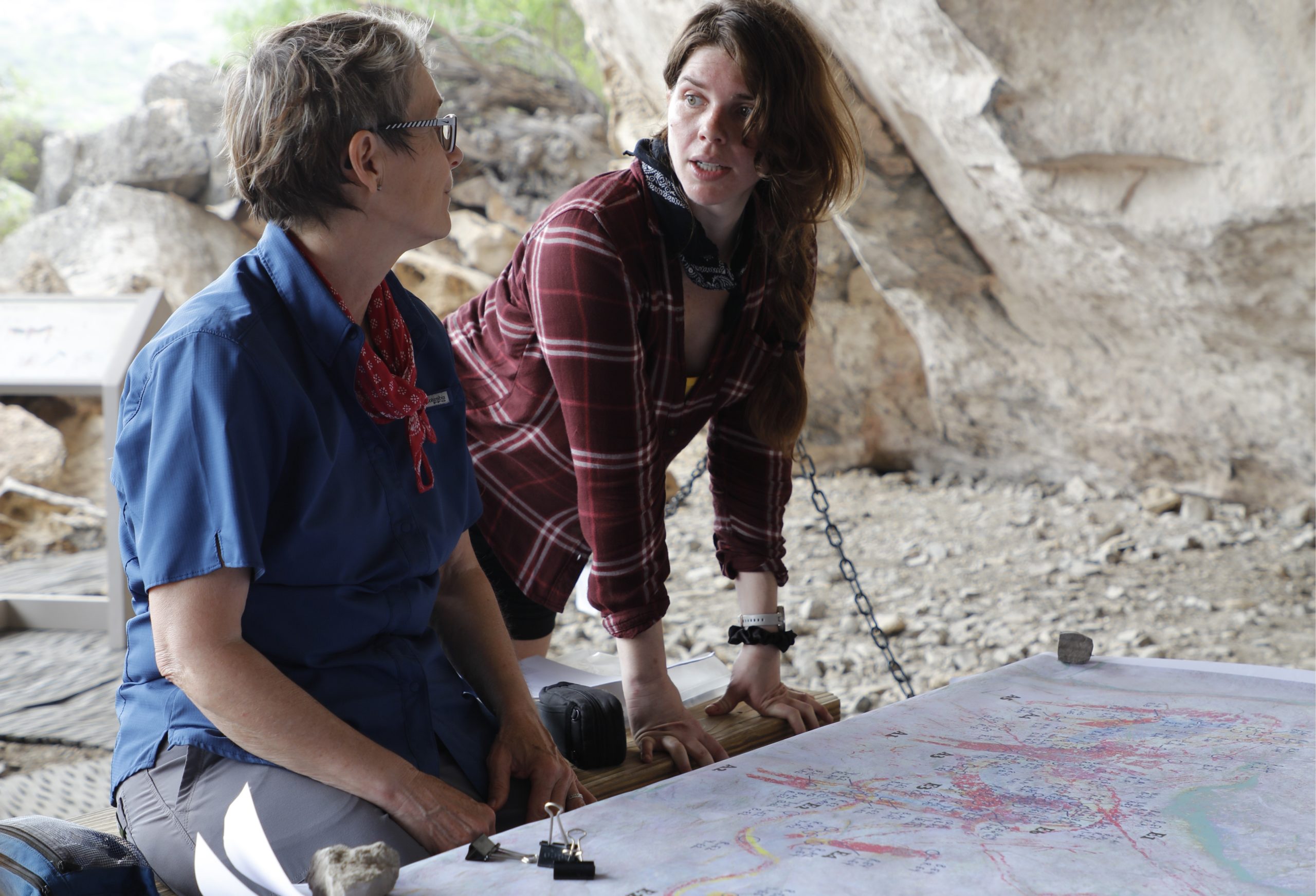
Figure 8. Carolyn reviews the annotated gigapan with Ashely Busby to plan work on the scaffold.
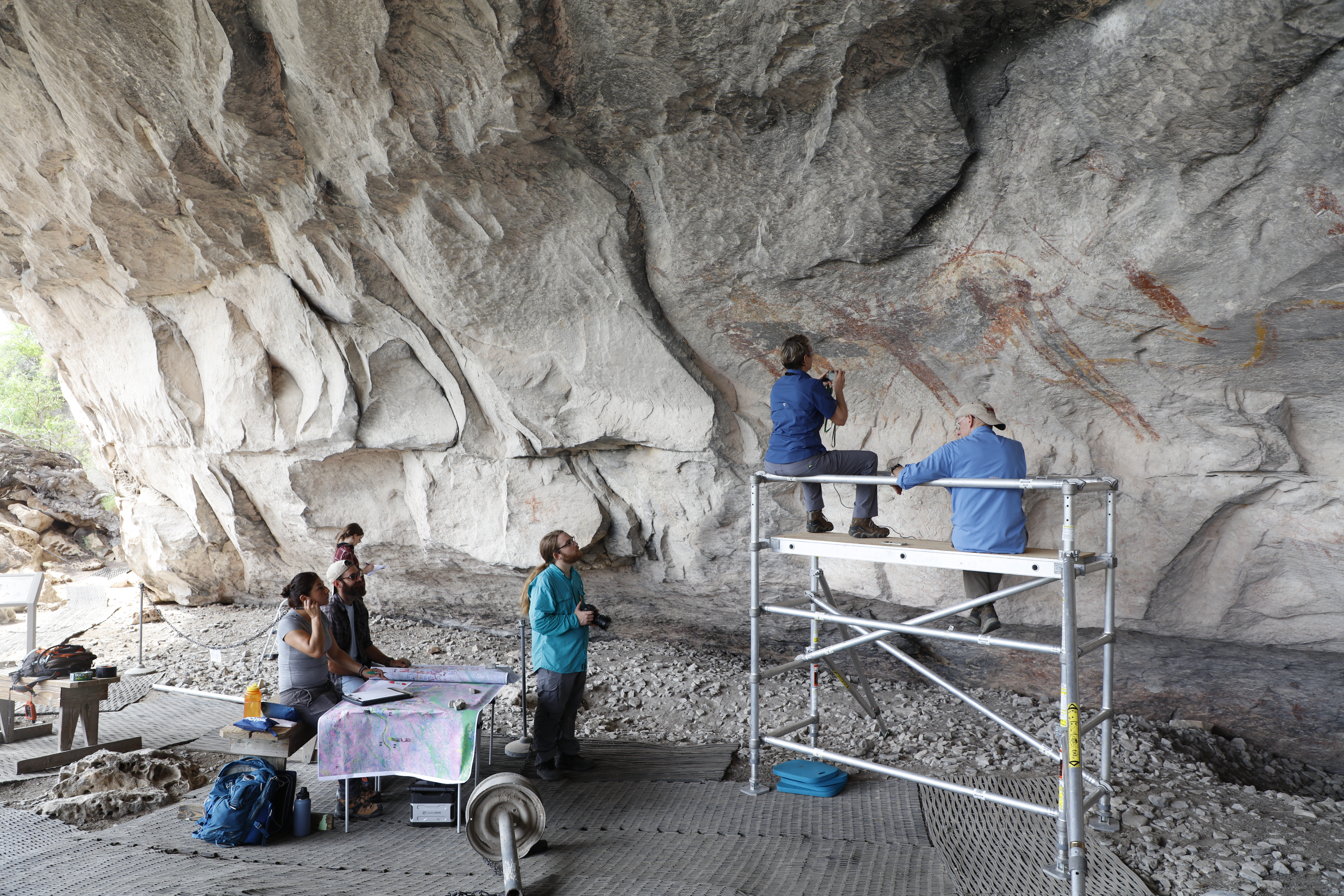
Figure 9. The crew in action (l-r): Diana Rolón and Tim Murphy record progress on the annotated gigapan. Seamus Anderson stands with a camera ready to record context photos. Carolyn and Phil are working on the scaffold with the digital microscope. Ashley Busby is in the background. Audrey Lindsay took the photograph.
About Ashley Busby, MFA:
Ashley flew in from Albany, New York, to work with Carolyn. A professional artist, she is conducting a formal, compositional, and technical analysis of Pecos River style murals. She brings a different perspective, the trained eye of an artist, into our research. When we consider her analysis along with the paint layering data, we can reconstruct the methods used by the ancient artists.
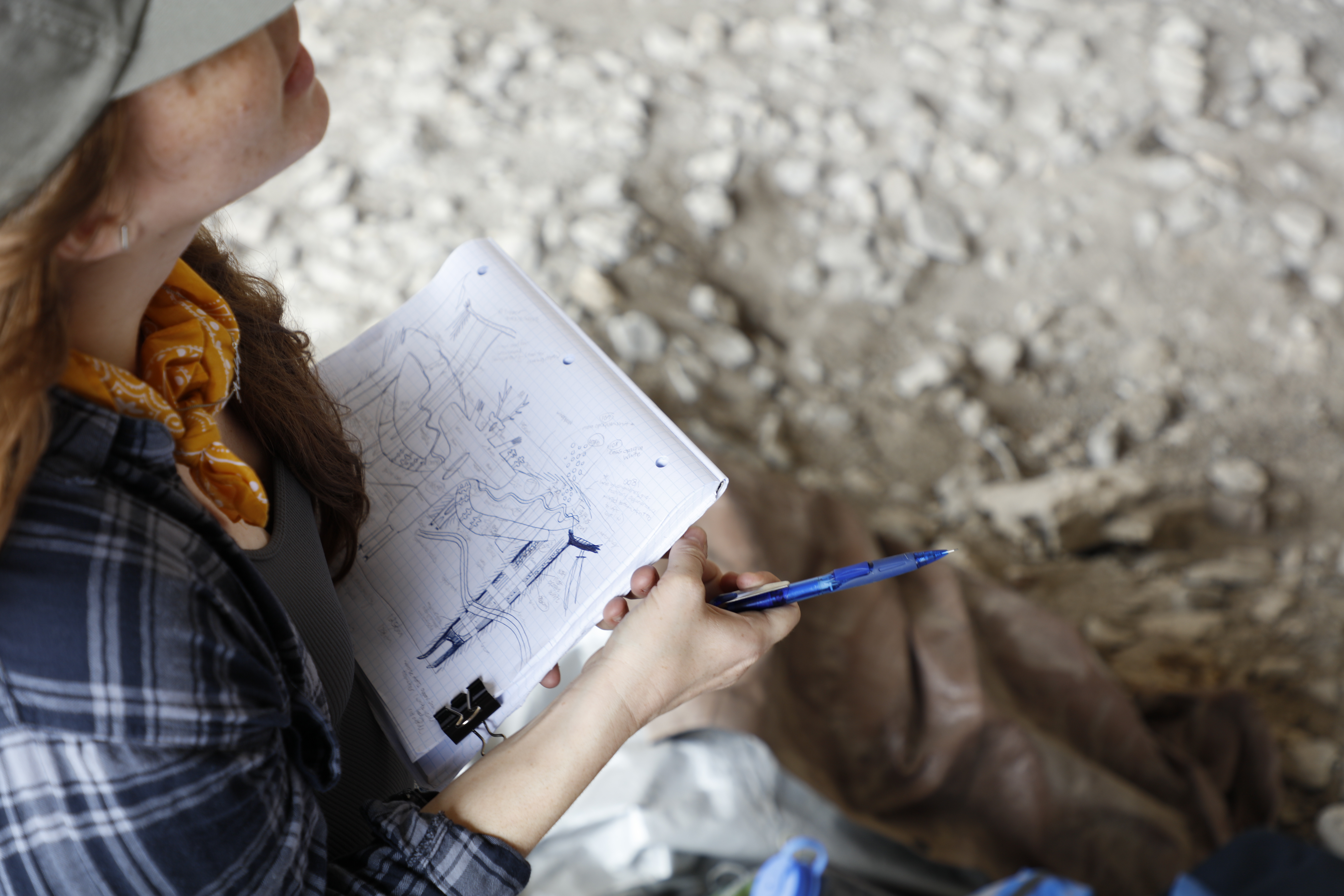
Figure 10. An example of Ashleys scaled field sketches.
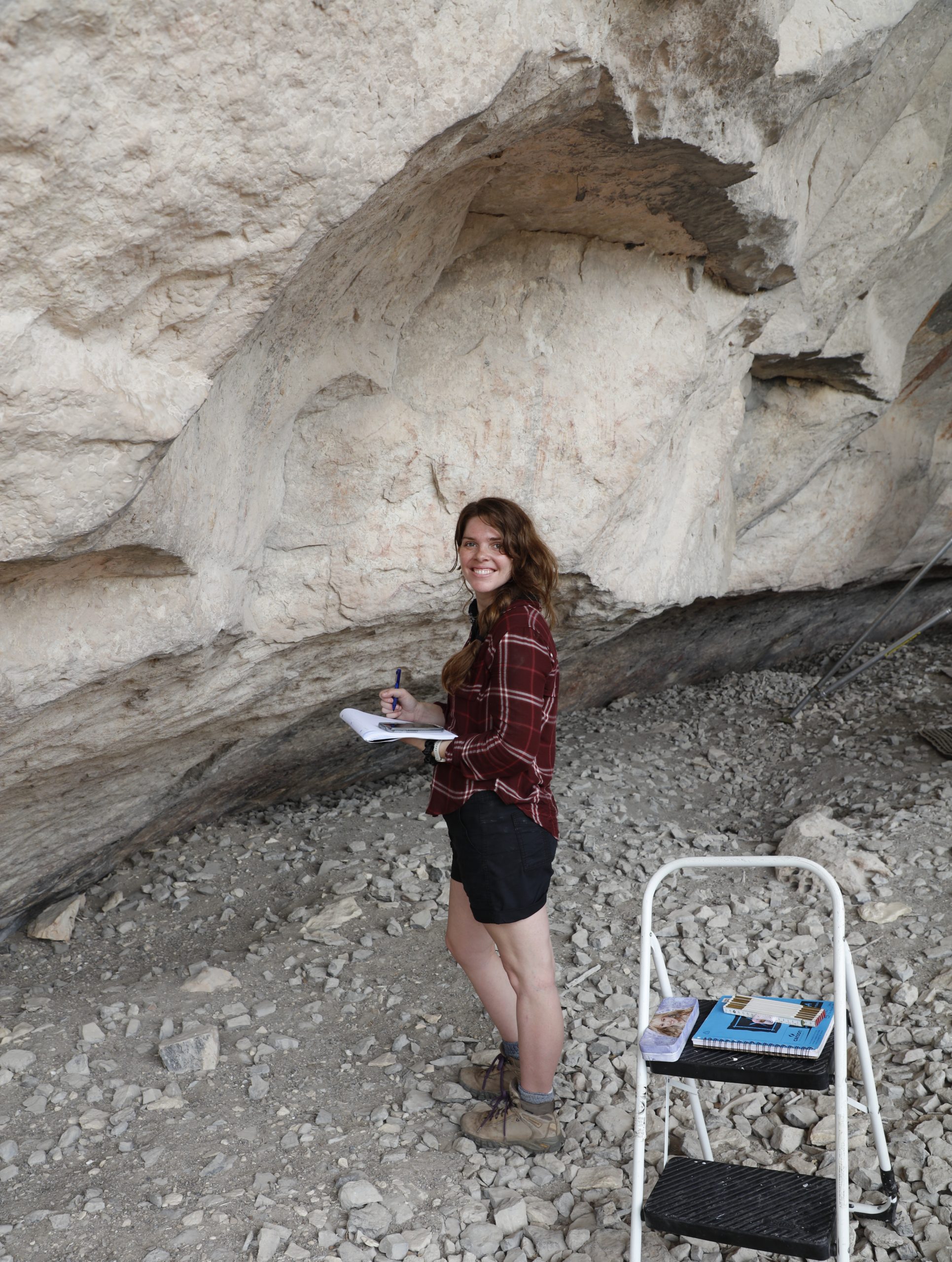
Figure 11. Ashley Busby with her tools: a sketchpad, pencils, pens, and folding rule.
Outreach:
When the Park brought tours into the rockshelter, we kept working and explained what we were doing, including how and why we were conducting our research. We fielded several thoughtful questions. Seminole Canyon State Park and Historical Site has a huge outreach potential for any long-term project, because the staff and several volunteers bring the audience to the archaeologists!
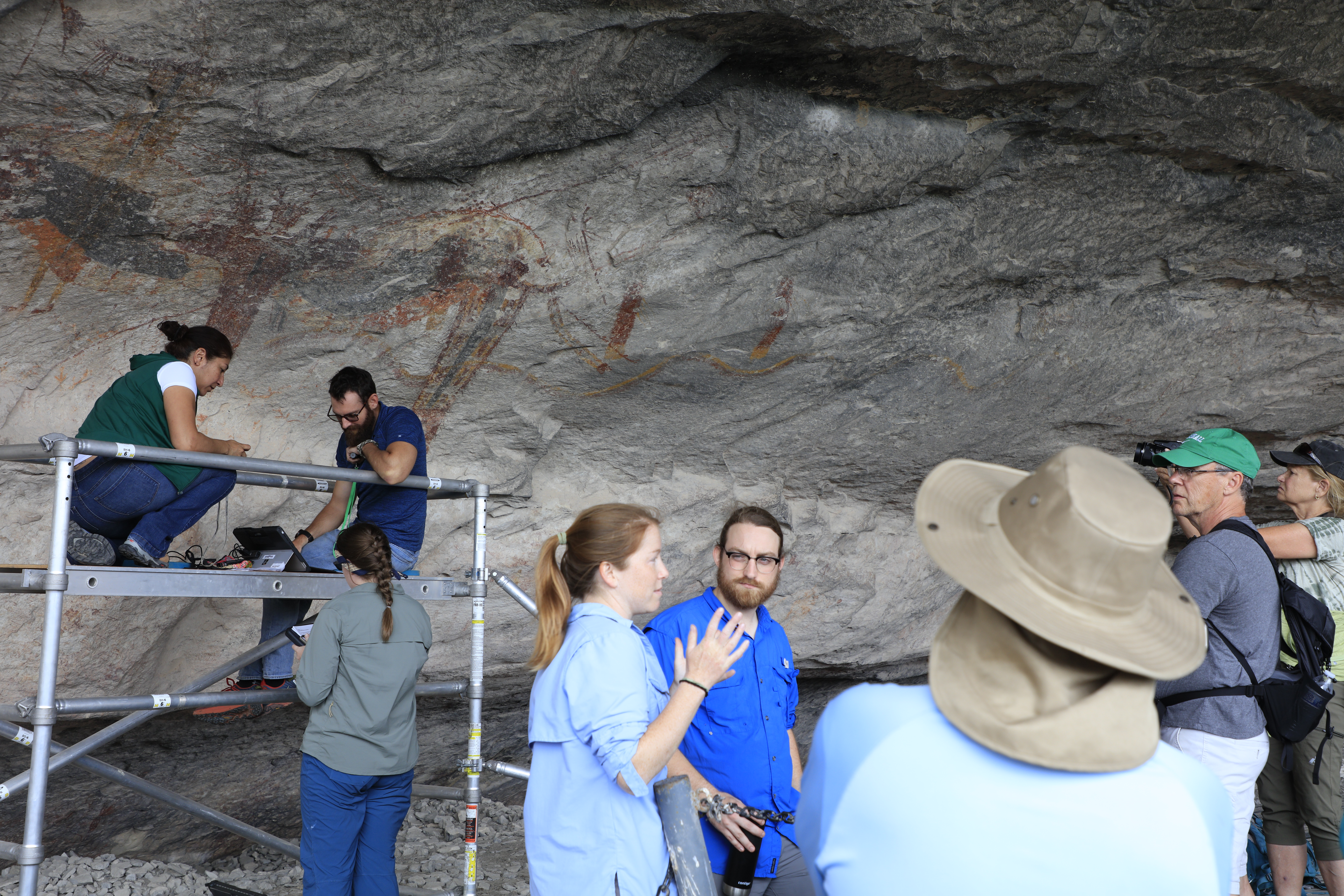
Figure 12. Here, Audrey Lindsay explains our research to a tour group. Diana and Tim are working the digital microscope.
Shumla also hosted the Shumla Scholars class, a group of high school seniors that take a scientific methods elective class at Comstock High School, taught by Kayme Tims, the high school science teacher. Once a week, the students meet with Dr. Karen Steelman at the Shumla offices to participate in scientific projects. On the last day of our field work at Fate Bell, the students spent several hours with us, learning about our field methods and how to operate the digital microscope.
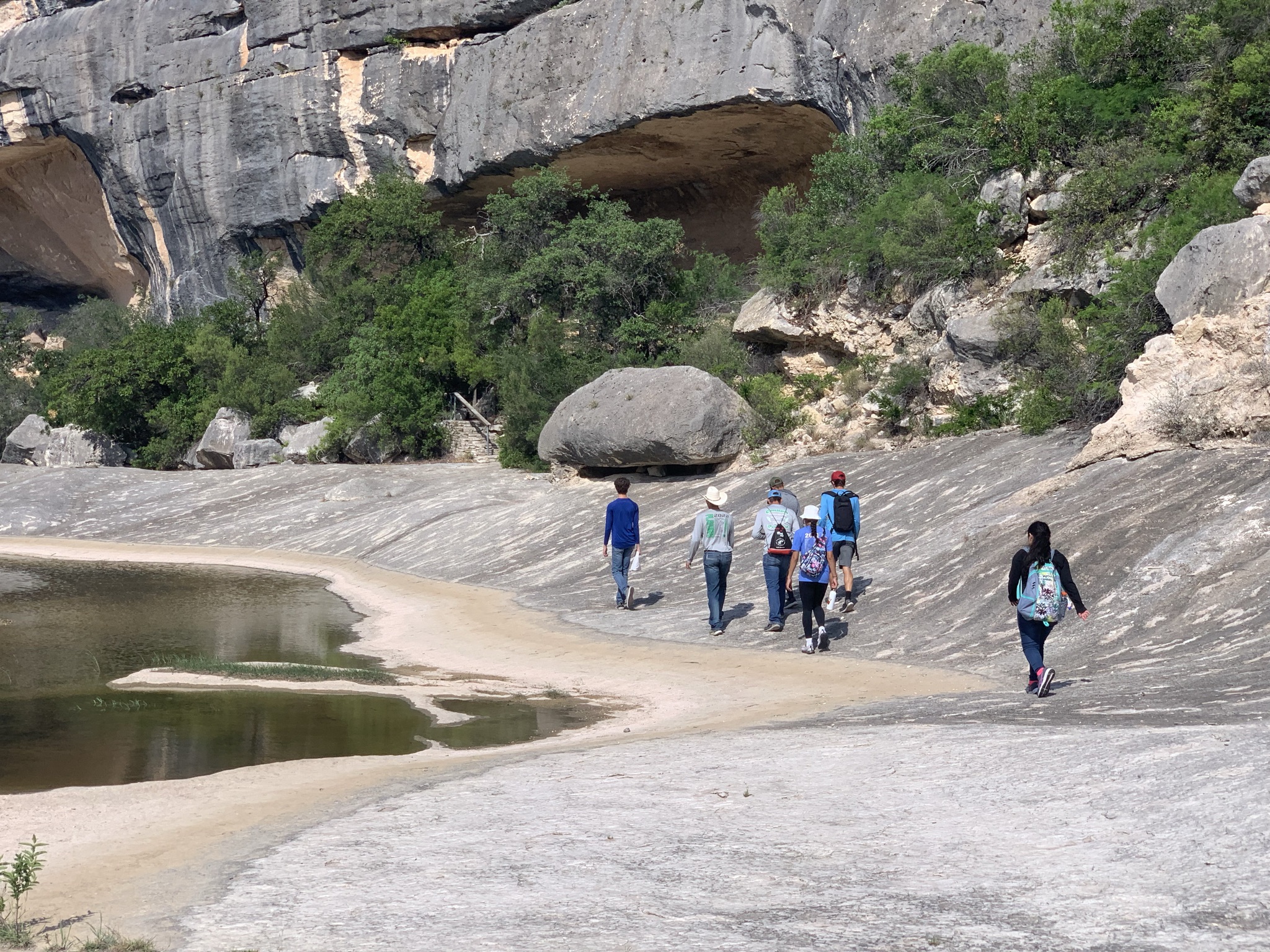
Figure 13. The Shumla Scholars walk toward the entrance to Fate Bell shelter.
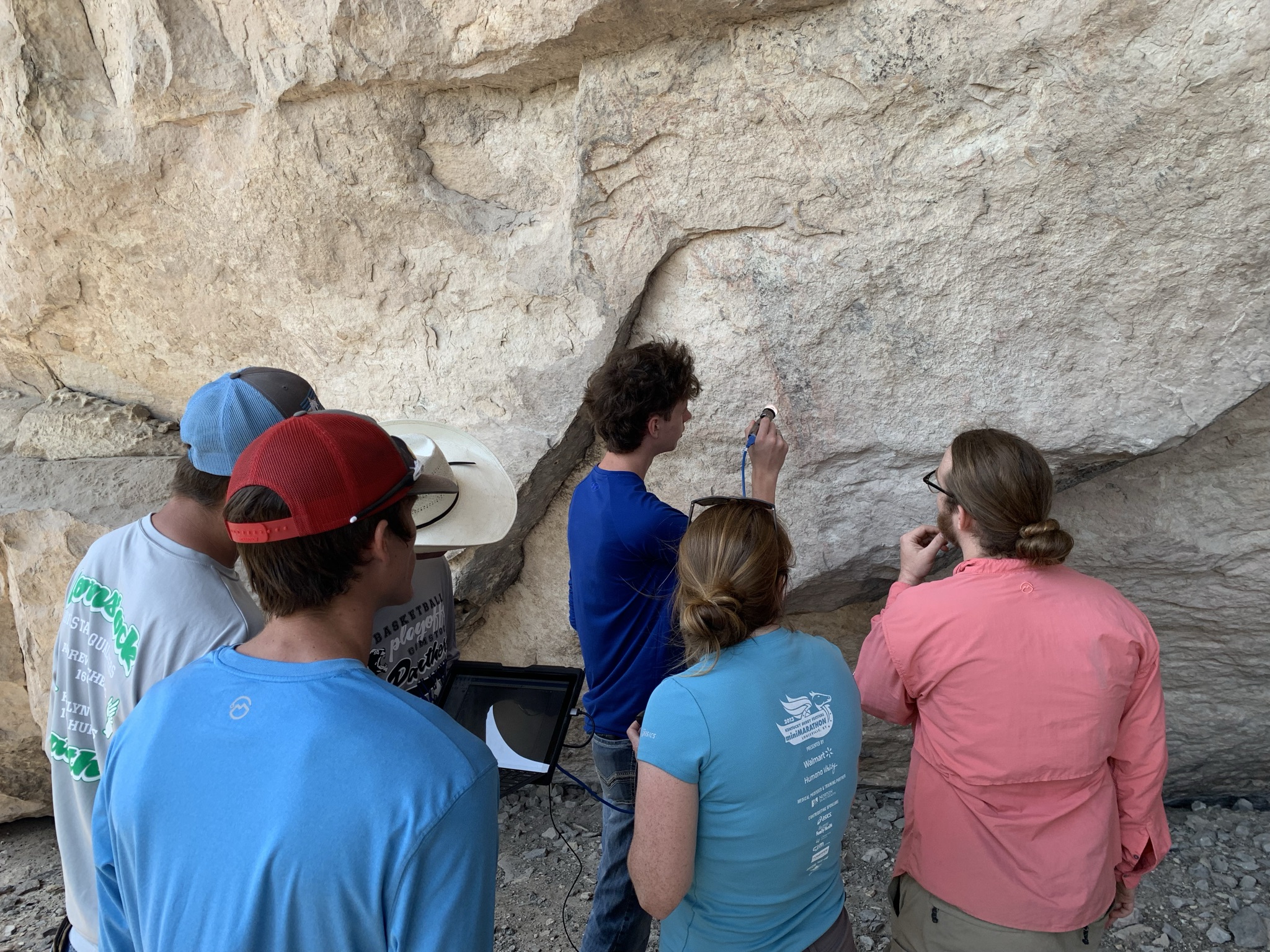
Figure 14. The Shumla Scholars walk toward the entrance to Fate Bell shelter.
The students visited us on the last day of the field work. Naturally, we enlisted their help in taking down the scaffold and carrying it out of the canyon. Lucky for us, we had half the basketball team and part of the track team on site.

Figure 15. Diana works with another group of students. Ashley looks on.
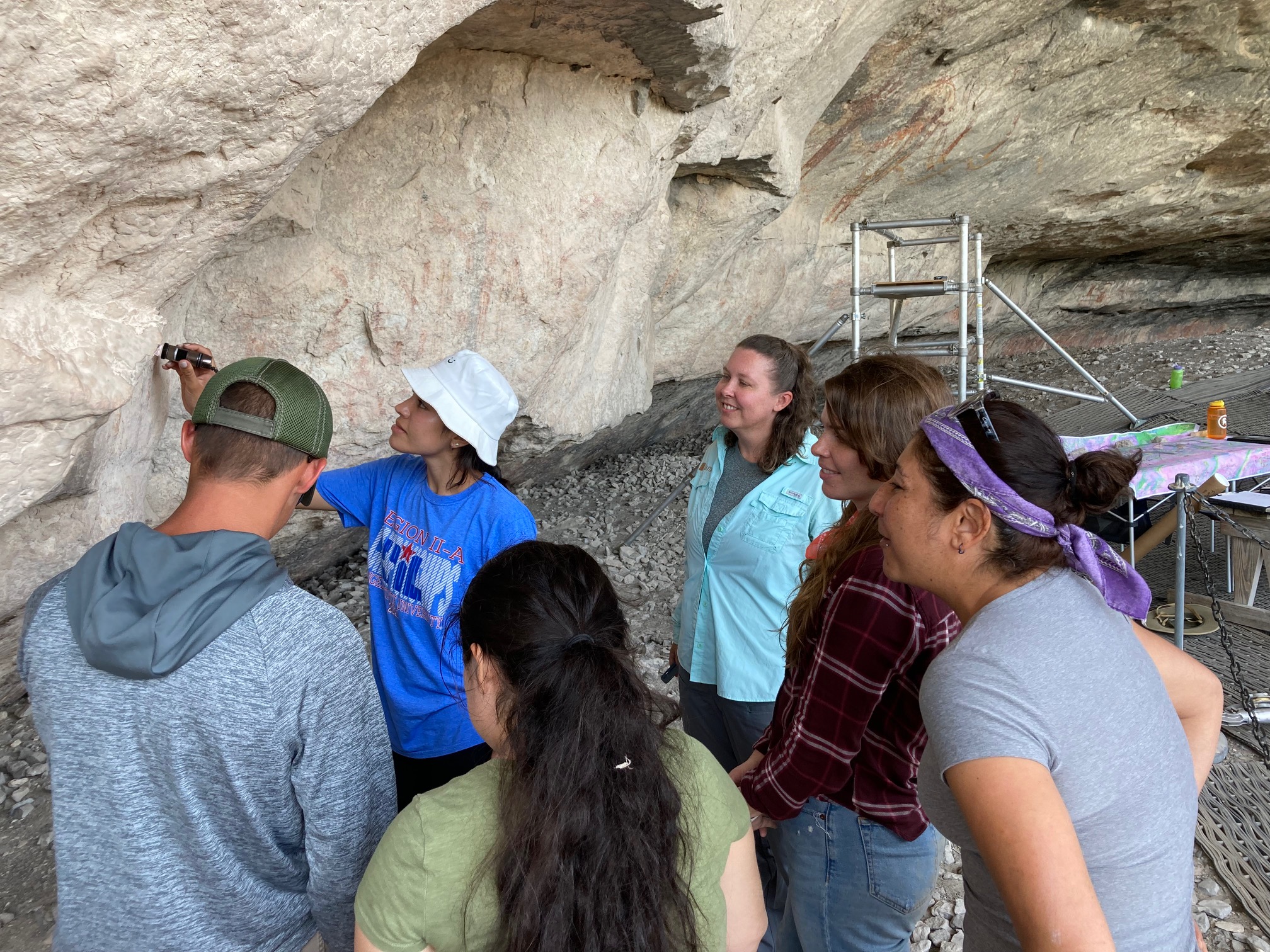
Figure 16. Dr. Steelman watches as students use the digital microscope to determine paint layering.
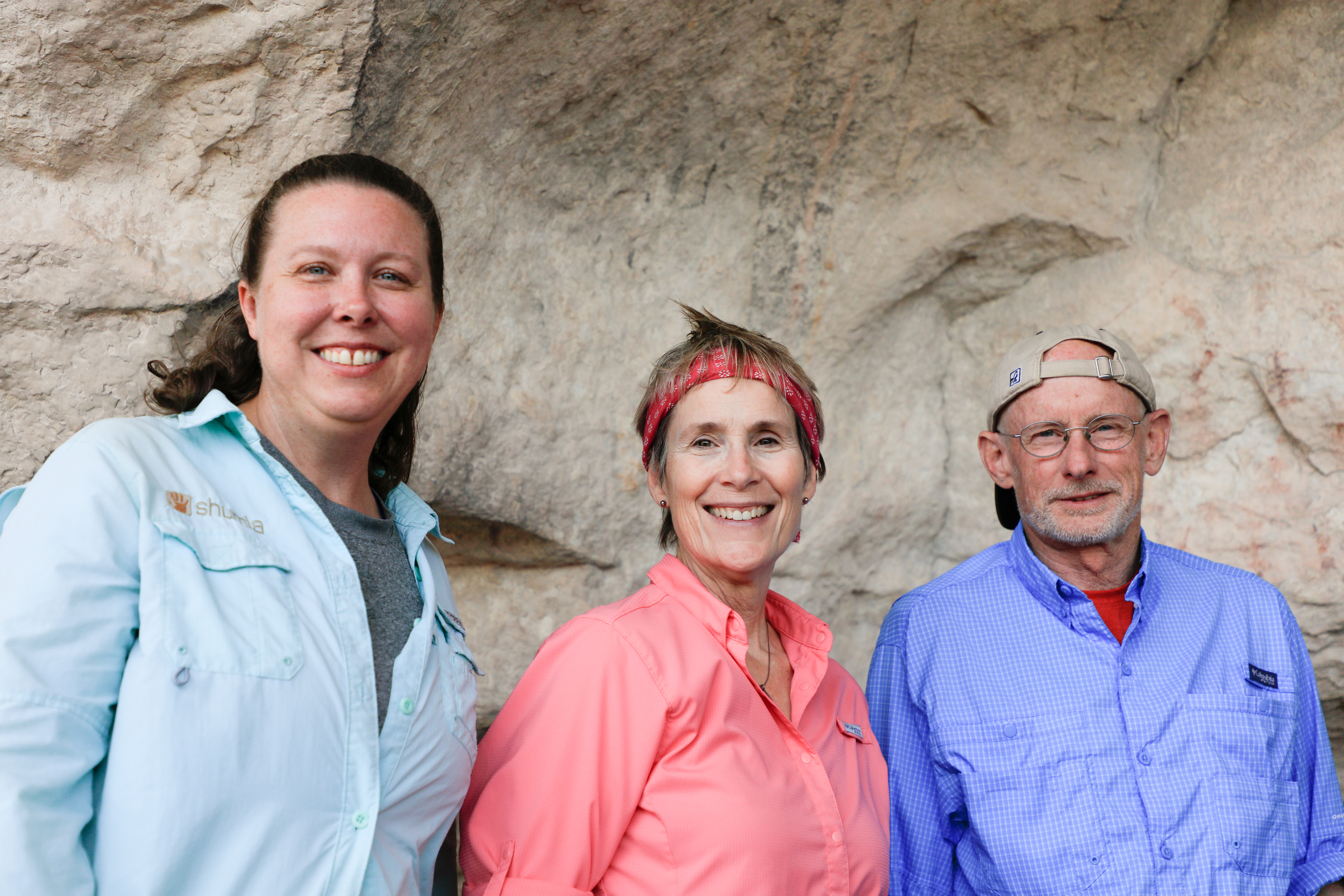
Figure 17. Karen Steelman, Carolyn Boyd, and Phil Dering.
Stay tuned! The next few blogs will explain our work in the laboratory. We will describe what we do with the images and field notes we have collected. Dr. Boyd will show how she produces a multi-layered rendering of Pecos River style art using an interactive pen display and imaging software. We will feature Ashley Busby’s work on her technical analysis of the art. Karen Steelman will give us a tour of the plasma oxidation equipment in her laboratory.
